TREATMENTS & PROCEDURES
Racz Procedure
IS THE RACZ procedure right for you?
More Than a treatment: A Step Toward Relief
CONDITIONS TREATED:
-
Chronic low back pain
-
Sciatica (nerve pain radiating down the leg)
-
Post-laminectomy syndrome (persistent pain after spine surgery)
-
Nerve root compression or irritation
-
Epidural fibrosis (scar tissue around spinal nerves after surgery)
-
Chronic radicular pain (nerve pain traveling from the spine into the arms or legs)
-
Pain that has not improved with conservative treatments, such as physical therapy, medication, or standard epidural injections
WHAT ARE THE BENEFITS?
-
Targeted relief for specific spinal regions that are no longer accessible through traditional epidurals.
-
Breaks down scar tissue that may be compressing or irritating nerves after surgery.
-
Minimally invasive procedure performed without the need for open surgery.
-
Outpatient treatment, meaning you can go home the same day.
-
Improved function and quality of life, with many patients reporting reduced pain and better mobility.
FAQS: Frequently asked questions
It may take up to 2-3 weeks after the procedure to feel the full scope of pain relief.
The most common side effect is temporary discomfort or exacerbation of pain that may last from 1 to 2 weeks.
No, some patients even without surgical history are candidates for this procedure.
Groth Pain & Spine:
Guiding You From Pain To Possibility
At our practice, we don’t just treat pain, we treat people. We take time to understand your story, your symptoms, and what matters most to you. With every visit, you’ll experience thoughtful, attentive care that puts your comfort and well-being first. Because to us, you’re not just a patient, you’re part of the family.
UNDERSTANDING THE PROCEDURE
HOW DOES THE RACZ PROCEDURE WORK?
The RACZ procedure, also known as epidural neurolysis, is a specialized treatment designed for patients who continue to experience pain even after back surgery. In many cases, a traditional epidural injection is no longer an option at the surgical level of the spine because scar tissue or changes in anatomy block access to the area. The RACZ procedure overcomes these challenges by using a catheter to carefully deliver medication directly to the affected nerves.
This procedure is especially effective for treating chronic back pain, sciatica, or nerve pain that radiates down the leg—symptoms that often persist after surgery. Importantly, the RACZ procedure is not limited to post-surgical patients. In some cases, patients who have never had spine surgery may also be good candidates.
During the RACZ procedure, a thin catheter is gently guided into the epidural space of the spine. This allows your provider to precisely “aim” medication at the exact area where pain is originating, even in regions that were previously difficult to access due to surgical changes.
What makes this procedure unique is the combination of medications delivered: 1. Steroid medication to reduce inflammation and irritation around the nerves. 2. An enzyme solution that helps break down scar tissue, improving the ability of medication to reach the targeted nerves and enhancing long-term pain relief. 3. This focused approach can provide results similar to traditional epidural injections, but with the added benefit of addressing scar tissue that contributes to ongoing pain.
If you are living with chronic back pain or sciatica that hasn’t improved with other treatments—or if you’ve had spine surgery but still struggle with pain—the RACZ procedure may provide the relief you need. By combining precision, minimally invasive techniques, and advanced medications, this treatment offers hope for patients who thought their options were limited.


GROTH PAIN & SPINE
INTRODUCING THE Racz Procedure
The RACZ procedure is a variation on an epidural for patients with continued pain after back surgery. In most cases, a traditional epidural at the surgical level of the spine is no longer an option due to changes in the anatomy. This procedure allows us to treat specific levels within areas that previously had surgery.
Minimally Invasive
Fast, Targeted Relief
Safe, In-office Treatment
Minimal Downtime
